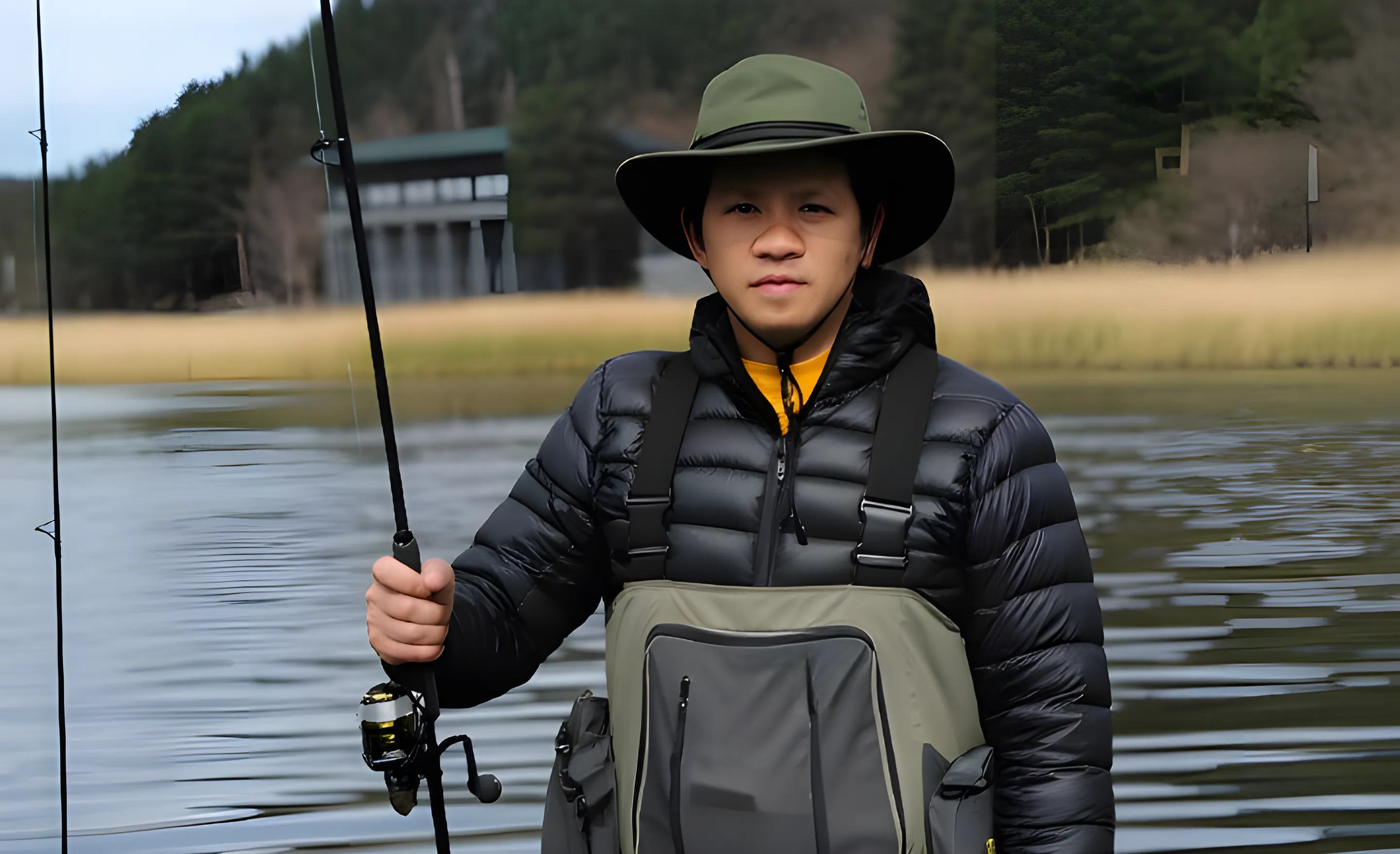Mastering the Best Bass Fishing Rigs: The Complete Angler's Guide
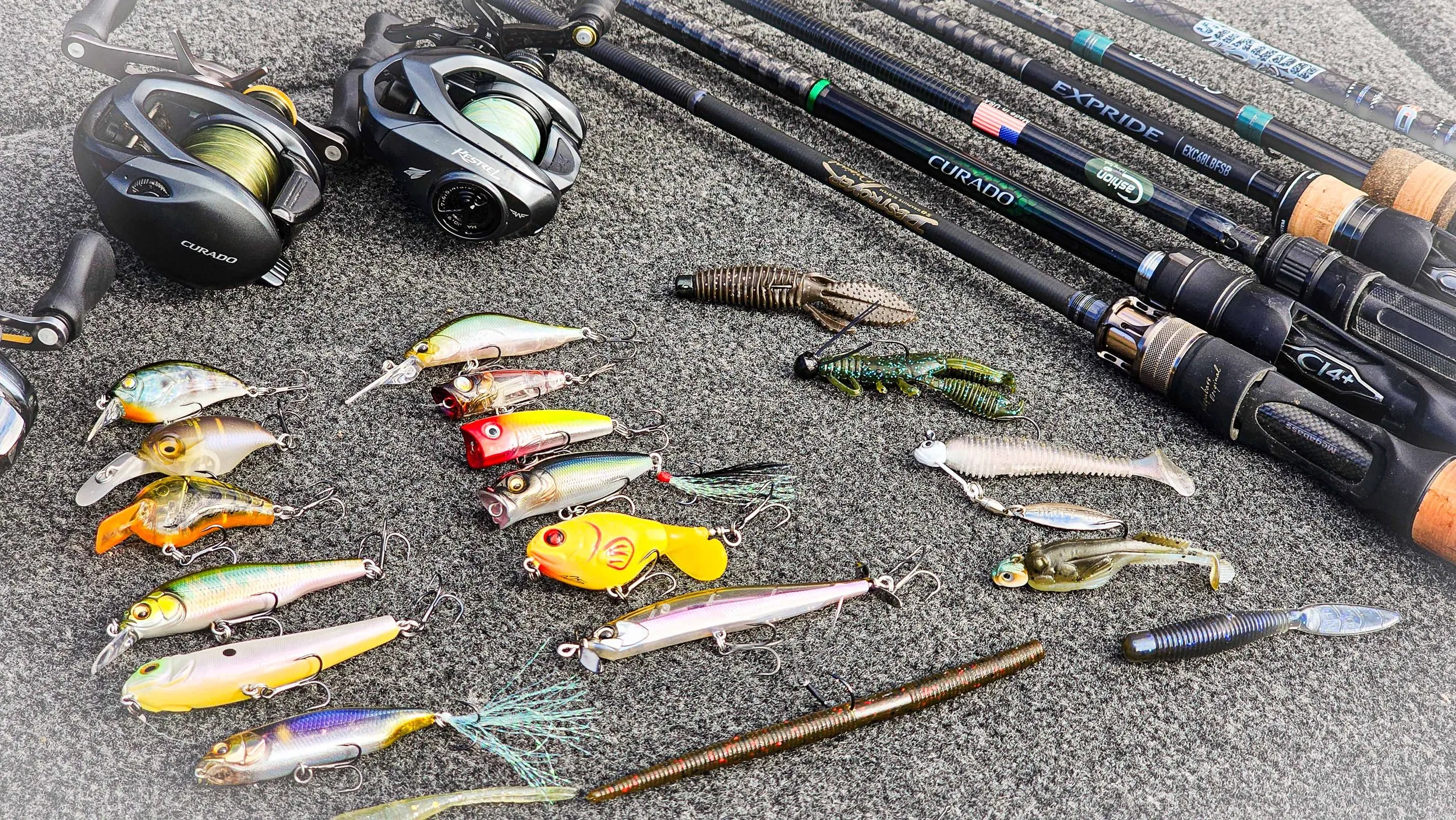
Forget the magic lure; your fishing success truly hinges on the rig. It's the engine that dictates your bait's action, depth, and presentation to wary bass. At riversiderelics.com, we believe that mastering the best bass fishing rigs is the single most important skill you can learn. This comprehensive guide provides the essential knowledge to turn frustrating days on the water into successful ones, elevating your entire fishing game from hopeful casting to strategic catching.
At a Glance: Comparing the Top Bass Fishing Rigs
I always wished I had a simple comparison chart when I was starting. So, I built one based on my experience. This table will help you make smarter, faster decisions on the water.
| Rig Name | Best For | Cover Type | Action Style | My Go-To Scenario |
| Texas Rig | All-around utility | Heavy vegetation, wood | Subtle, weedless presentation | Pitching into grass beds or near docks. |
| Carolina Rig | Deep-water structure | Sparse or scattered cover | Slow dragging motion | Fishing offshore humps and points in summer. |
| Drop Shot Rig | Finesse, suspended fish | Open, clear water | Precise vertical hold | Targeting pressured or sonar-marked bass. |
| Ned Rig | Finesse, tough bites | Light or no cover | Slow, subtle fall | Cold water, early spring, or post-frontal days. |
| Wacky Rig | Shallow, calm water | Docks, overhanging trees | Erratic, fluttering fall | Skipping under cover when bass are guarding nests. |
| Neko Rig | Targeting finicky fish | Moderate cover, ledges | Nose-down shimmy action | Post-spawn bass holding tight to the bottom. |
How to Tie the 5 Essential Bass Rigs (Step-by-Step)
Mastering these five rigs will prepare you for 90% of bass fishing situations. Here’s a clear, step-by-step guide to get you started.
1. The Texas Rig: Your All-Purpose Weapon
This is the most versatile rig in bass fishing, perfect for fishing in heavy cover without getting snagged. This setup covers the basics, but for a deeper dive into weight selection and modifications, our complete tutorial on how to rig a Texas rig for bass has everything you need.
-
Slide a bullet weight onto your main line, with the pointed end facing your rod tip.
-
Tie on an offset worm hook (a 3/0 or 4/0 is standard) using a strong knot like the Palomar. Choosing the best hooks for bass fishing is crucial here, as a sharp, strong hook ensures better penetration through both the plastic and the fish's jaw.
-
Insert the hook point about ¼ inch into the nose of your soft plastic bait.
-
Push the hook out, rotate it, and then bury the hook point back into the body of the plastic. This makes it weedless.
Pro-Tip: Use a tungsten weight instead of lead. It's smaller and denser, providing much better sensitivity to feel bites and bottom composition.
2. The Carolina Rig: The Deep Water Specialist
When bass move to deep offshore structures in the summer, the Carolina rig is the best tool to reach them. While the Texas rig excels in close quarters, the C-rig shines in open water. For a full breakdown of when to choose one over the other, our detailed analysis of the Carolina rig vs Texas rig debate will help you decide.
-
Thread an egg sinker (½ oz to 1 oz) and a plastic or glass bead onto your main line. The bead protects your knot.
-
Tie a barrel swivel to the end of your main line. The sinker and bead will stop here.
-
Attach a 12 to 24-inch leader of lighter line (e.g., 10-12 lb fluorocarbon) to the other end of the swivel. A lighter, more subtle version of this setup is the Mojo rig, which uses smaller cylindrical weights for a stealthier approach in shallower water.
-
Tie your hook to the end of the leader and add your soft plastic. This rig excels when paired with many of the best bass fishing lures designed for a slow drag, but I often prefer lizards or creature baits for their subtle, lifelike action.
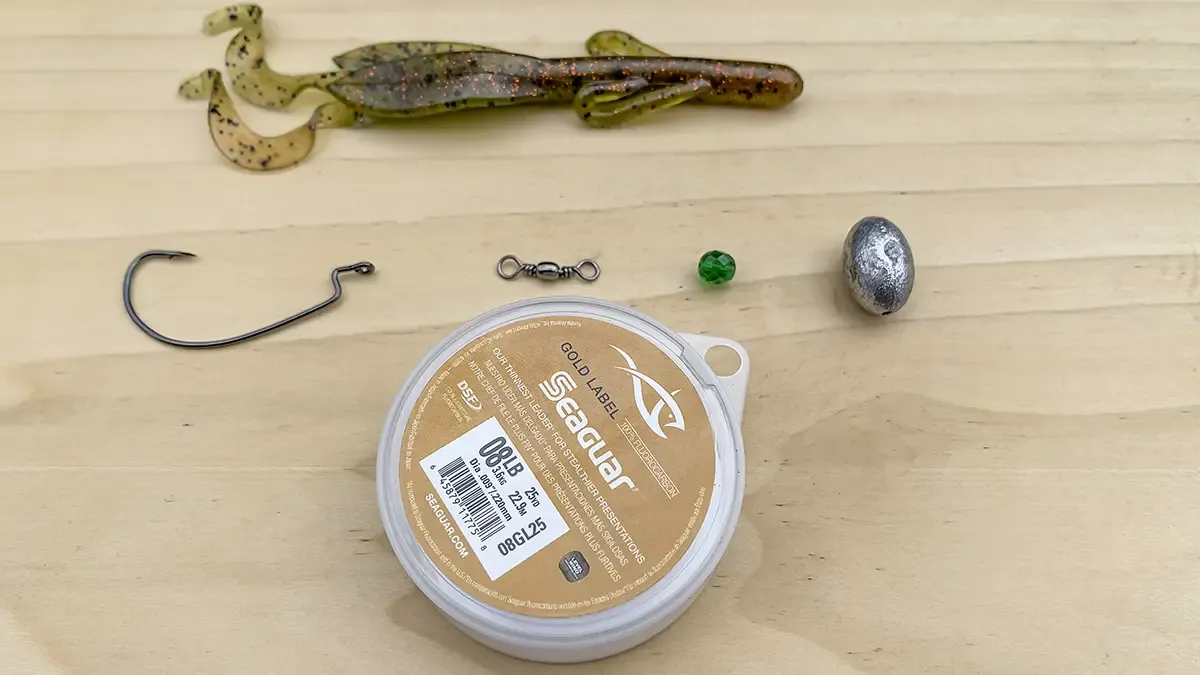
3. The Drop Shot Rig: The Ultimate Finesse Tool
For pressured, suspended, or finicky bass, the drop shot is unmatched. Because success with this technique relies on sensitivity, choosing the best fishing line for bass—often a light fluorocarbon—is critical. To master the subtle nuances of line tension and bite detection, explore our complete guide on how to fish a drop shot rig.
-
Tie a drop shot hook to your line with a Palomar knot, but leave a long tag end (12-18 inches).
-
Ensure the hook point is facing upwards after tying the knot.
-
Attach a drop shot weight to the end of the long tag line.
-
Nose-hook a small finesse worm or bait onto the hook for the most natural action.
Pro-Tip: Keep your line tight after you cast. The key to this rig is feeling the subtle "tick" of a bite, not a big "thump."
4. The Ned Rig: The "Tough Bite" Saver
When nothing else is working, the minimalist Ned rig gets bites. Its slow, subtle fall is irresistible to even the most inactive bass. While it’s famous on open bottoms, learning how to fish a ned rig in grass with a weedless jig head can be a deadly tactic that pressured fish rarely see.
-
Use a light, mushroom-style jig head (1/16 to 1/8 oz).
-
Thread a small (2.5-3 inch) soft plastic stick bait onto the jig head, ensuring it's straight.
-
That's it! Tie your main line directly to the jig head. The magic is in its simplicity and slow fall.
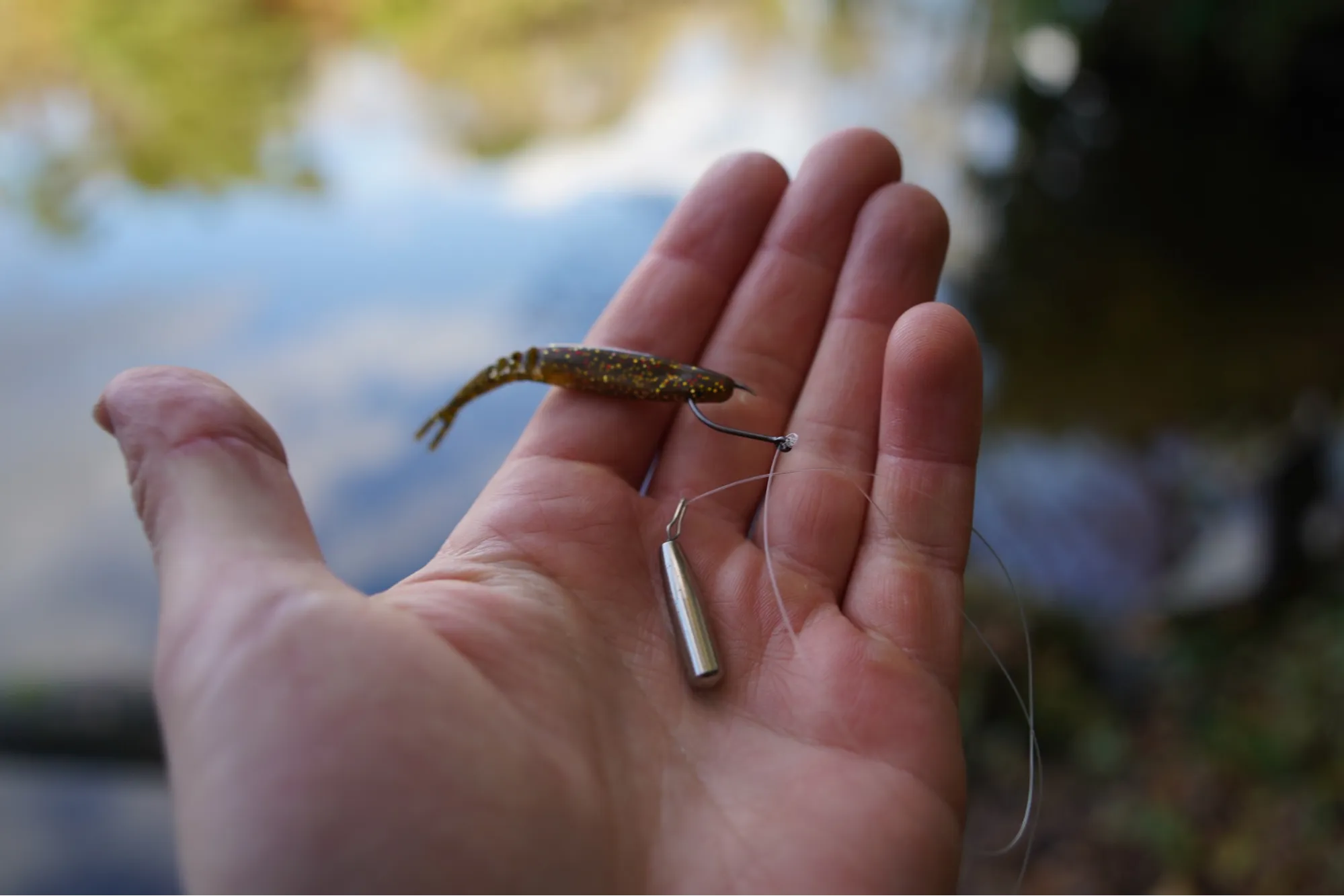
5. The Wacky Rig: The Irresistible Flutter
Perfect for shallow, calm water around docks and trees. The slow, fluttering action drives bass crazy. To truly master the different hooksets and cadences for various conditions, our full guide on how to fish a wacky rig is a must-read.
-
Place a small rubber O-ring around the center (the "egg sac") of a 5-inch stick worm.
-
Slide a small finesse or wacky hook under the O-ring, so the worm is hooked through the middle and dangles evenly.
-
Cast it out, often weightless, and let it sink. The work is done on the fall.
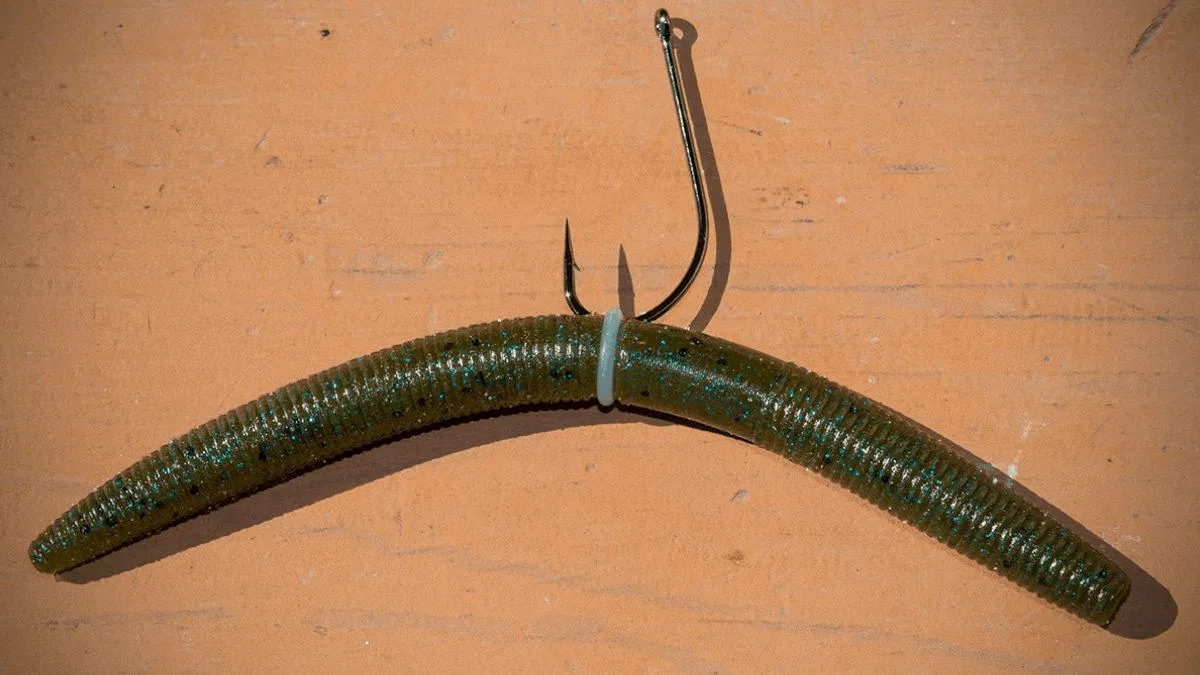
Gear Recommendations for Your Rigs
Using the right gear is just as important as tying the right rig. Here’s a quick breakdown to match your tackle to the technique.
Rods:
- Power Rigs (Texas, Carolina): A 7' to 7'4" medium-heavy power, fast action baitcasting rod is ideal. Finding the best bass fishing rod for these power techniques is key, as you need the backbone for strong hooksets in cover.
- Finesse Rigs (Drop Shot, Ned, Wacky): A 6'10" to 7'2" medium-light power, fast action spinning rod is perfect. It protects light lines and allows for better casting of light baits.
Reels:
- Baitcasters (for Power Rigs): For these power rigs, quality bass fishing reels in the 6.4:1 to 7.3:1 gear ratio range offer a versatile mix of speed and power.
- Spinning Reels (for Finesse Rigs): A 2500 or 3000-size reel offers a great balance of line capacity and smooth drag.
Line:
- Texas Rig: 15-20 lb fluorocarbon, or 30-50 lb braid with a fluorocarbon leader.
- Carolina Rig: 15-20 lb monofilament or fluorocarbon main line with a 10-12 lb fluorocarbon leader.
- Drop Shot/Ned Rig: 6-10 lb fluorocarbon, or a 10-15 lb braid main line with a 6-8 lb fluorocarbon leader.
Seasonal Guide: When to Use Each Rig
The best anglers adapt to the seasons. Successful bass fishing is all about adjusting your presentation, and this goes beyond just your rig choice. It also involves understanding the best time to fish for bass, as their activity levels fluctuate greatly with the season and time of day. Here’s how I change my rig selection throughout the year to match these conditions.
Spring
As bass move shallow to spawn, they become aggressive and territorial.
-
Primary Choice: The Texas rig is perfect for flipping into shallow cover and targeting spawning beds.
-
Secondary Choice: In clear water, a weightless wacky rig skipped near docks or nests is deadly.
Summer
Bass seek cooler temperatures in deep water or hide in the shade of thick vegetation.
-
Primary Choice: The Carolina rig is my go-to for dragging across deep offshore points and ledges.
-
Secondary Choice: For bass buried in thick grass mats, a heavy "punch rig" is essential. Alternatively, when fish are active on the surface of these mats, employing effective topwater frog fishing techniques is the most exciting way to get a bite.
Fall
Bass are actively chasing schools of baitfish as the water cools.
-
Primary Choice: The drop shot rig is excellent for targeting bass you see on your electronics suspended under bait balls.
-
Secondary Choice: When the bite gets tough during a cold front, the Ned rig can save the day by imitating small, easy prey.
Winter
Patience and subtlety are key. Bass are sluggish and won't move far to eat.
-
Primary Choice: The drop shot rig allows you to hold a bait right in a fish's face for an extended time.
-
Secondary Choice: The Ned rig, fished incredibly slowly along the bottom, is the other top producer in cold water.
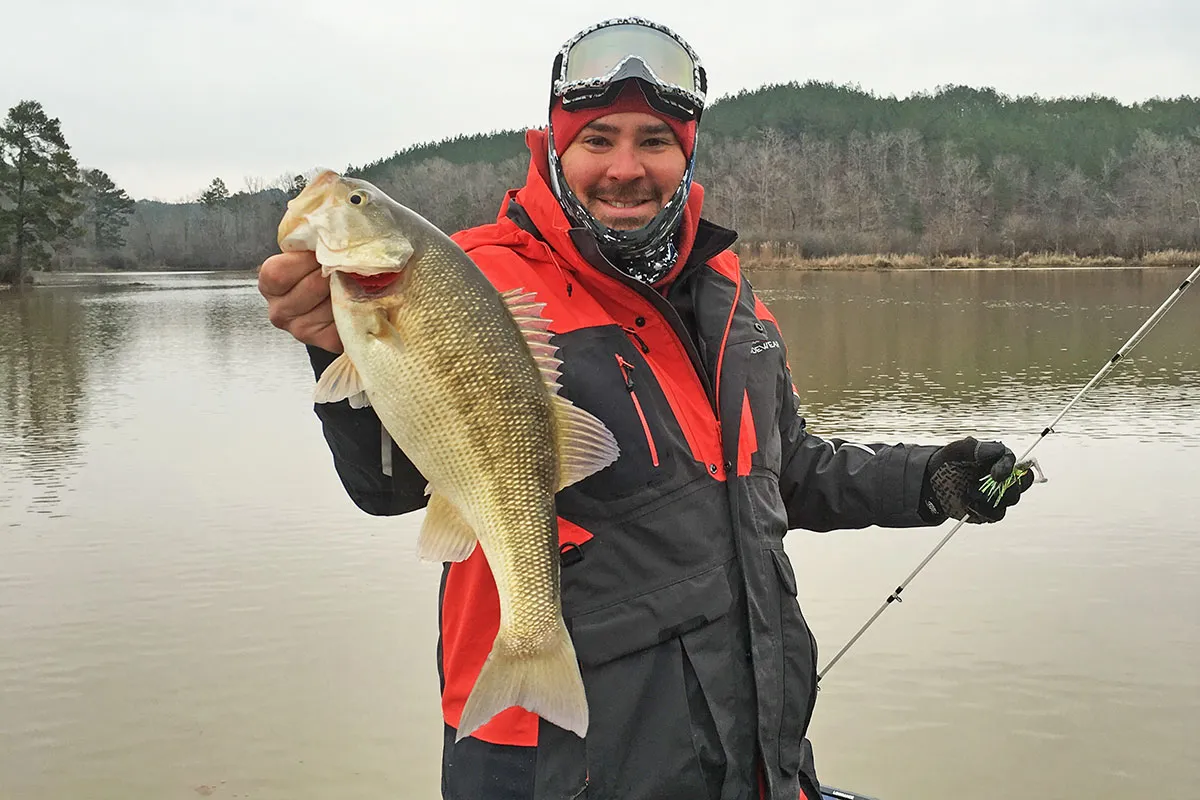
Beyond the Basics: 9 Specialized Rigs to Know
Once you've mastered the basics, these advanced rigs can give you a unique presentation that pressured fish haven't seen before.
1. The Tokyo Rig: This rig features a weight on a wire dropper below the hook, keeping your bait out of muck while remaining snag-resistant. Mastering Tokyo rig fishing is a game-changer in thick grass.
2. The Free Rig: An evolution of the Carolina rig where the weight slides freely on the line. This allows the bait to fall naturally behind the weight, triggering finicky bass. Our step-by-step tutorial on how to fish the free rig breaks down this subtle presentation.
3. The Chicken Rig: A weedless Neko rig. By rigging a nail-weighted worm Texas-style, you get that unique nose-down action in heavy cover. Learn exactly how to tie a chicken rig with our simple, illustrated guide.
4. The Hover Strolling Rig (Mid-Strolling): Perhaps the most talked-about new technique, the hover strolling rig (mid-strolling) uses a specialized jig head to make a soft plastic hover and swim horizontally, perfect for targeting fish on forward-facing sonar.
5. Spybaiting: While not a rig, this is a key finesse technique. Using spybaits for bass involves a slow, steady retrieve of a sinking prop bait to trigger suspended, neutral fish that ignore other presentations.
6. The Donkey Rig (Double Fluke Rig): When bass are schooling on the surface, this rig mimics a small pod of fleeing baitfish, often resulting in exciting double hookups.
7. The Neko Rig: This popular finesse rig uses a nail weight in the head of a wacky-rigged worm to create a unique nose-down shimmy on the bottom.
8. The Mojo Rig: A lighter, more subtle version of the Carolina rig that uses smaller cylindrical weights for a stealthy approach in shallow water.
9. Power Shotting: Think of this as a heavy-duty drop shot. When you need the vertical presentation of a drop shot but with heavy tackle for thick cover, wind, or current, learning about power shotting for bass is the solution. It combines finesse principles with brute strength.
FAQs
Conclusion
Mastering the art of bass fishing is a journey, and as you've seen, the best bass fishing rigs are more than just knots and hooks. They are a language that allows you to communicate with the fish and adapt to the story the water is telling you each day. You now have the playbook-from the all-purpose Texas Rig in heavy cover to the subtle Ned Rig for the toughest bites. You know not just how to tie them, but more importantly, when and why to use them. So take this knowledge, head to the water with confidence, and don't be afraid to experiment. The real magic happens when you stop guessing and start making strategic choices based on your conditions.
Tight lines!
Aviv Nguyen is a passionate fisherman who loves sharing stories and tips from his fishing adventures. Whether it’s freshwater or sea, he finds joy in every cast and aims to inspire others to enjoy the great outdoors through fishing.
Share This Post With Friends

